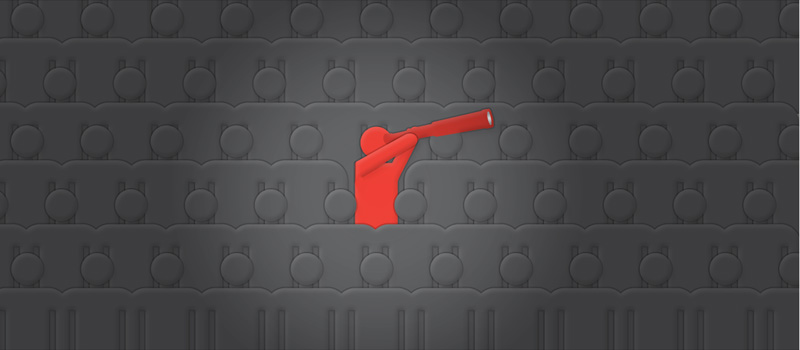Users as Columbus: Using Good Navigation to Explore Whole New Worlds
08.14.12 · Greteman Group
Second in a Series
We’ve all been there. You’re on a website looking for store hours and instead pull up photos of the CEO’s dog. All because the navigation was confusing and misleading. Unfortunately, there’s no Siri or GPS to tell visitors how to get where they want to go. It’s your job to provide navigation that makes sense to them and makes things easy to find.
True or False?
Look at your website, then ask yourself if these statements are true.
• Your site orders information logically, intuitively.
• Every page uses easy, consistent navigation.
• You perform usability testing to confirm ease of use
• Your navigation button titles are short and clear.
• Your footer provides contact, policies, social media, etc.
Make it Easy
Most Internet users think they’re regular Magellans when it comes to navigating the net. But your navigation needs to serve those who might not be quite so savvy (not to mention the wanna-be Magellans who can’t actually navigate their way out of a bathtub). Even with great content, a hard-to-navigate website can’t turn visitors into customers. But it can turn them into angry surfers who will never again darken your url.
Let’s Get Started
Here are a few strategies to pursue as you work to make your site more user-friendly.
Structure
• Make your website’s organization and structure clear in your navigation toolbar.
• When all of your content is evident on the toolbar, your site looks tightly focused.
• Navigation is not a one-size-fits-all. Design your toolbar according to your site type.
• Remember: A well-designed toolbar provides simple, fast, organized navigation.
Menu Subtitles
• Adding subtitles to the main navigation menu improves your website’s navigation.
• Subtitles increase aesthetic value – something visitors will notice and appreciate.
• Subtitles make your navigation more usable and provide important extra information.
Drop-Down Menus
• An older, yet highly effective technique. A good reminder not to simply dismiss the tried-and-true.
• Drop-down menus are the opposite of subtitles. They appear after clicking on desired information.
• They work because they’re familiar, so users intuitively know what will happen when they click.
Icons
• Icons help you grab user’s attention and make navigation links more descriptive and informative.
• A picture is worth a thousand words – imagery stimulates users more efficiently than simple texts.
Creative Footers
• Many web design experts use navigation links in the footer. Why? Because they work.
• Users wondering what to do next often scroll to the footer. An engaging link there keeps them onsite.
Take our website scorecard test and see how your site stacks up.
Next week: Let’s get functional.
